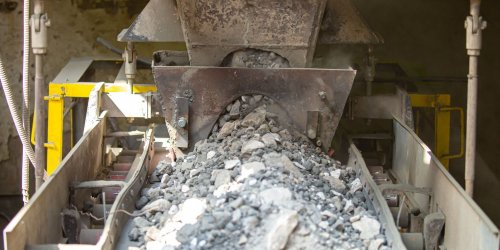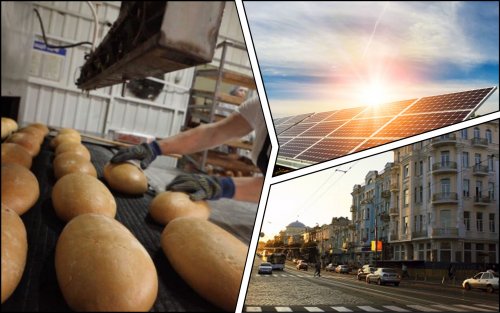Swiss computer peripherals maker Logitech topped FT-Statista's list of European climate leaders as the company cut Scope 1 and Scope 2 emissions by 47% year-on-year during 2015-2020.
According to the UN, e-waste - anything with a plug or battery - is the world's fastest type of household waste, and by 2030 the world will be generating 74 million tons of e-waste a year, informs Financial Times.
Scope 1 and 2 emissions are generated from the company's own operations and from the energy it uses. The intensity is defined as a tonne of CO2 equivalent emissions per €1 million of income. Reductions can be made by buying renewable energy for power plants and using more recycled plastic in products. Scope 3 emissions from the value chain, in particular from suppliers providing parts and customers using products, cause the greatest environmental damage.
For computer peripheral companies, Scope 1 and 2 emissions are less than 10% of the total carbon footprint.
At Logitech, Scope 3 emissions account for 99.8% of the total because Scope 1 and 2 emissions have been reduced to their lowest levels. However, not all peripherals companies measure their emissions.
"Emissions are outsourced to the supply chain," says Dexter Galvin, global director of corporate and supply chain operations at CDP, a global nonprofit that helps organizations manage their environmental footprint.
He also added that Scope 3 emissions can be hard on peripheral companies, especially smaller ones, because they don't have direct control over the supply chain. Large companies, in contrast, can use purchasing power to encourage their suppliers to reduce their emissions.
Ben Stenton, research manager for technology, media and telecommunications at consultancy Deloitte UK, said that increasing the average product life from three to five years would have a huge impact on a device's carbon footprint.
Logitech aims to reduce Scope 3 emissions by at least 50% by 2030 from 2019 levels. Scope 1 and 2 emissions have decreased due to the transition to renewable energy, including solar and wind energy, which account for 92%. Logitech aims to reach 100% by 2030.
Logitech also plans to reduce Scope 3 emissions by extending product life through remanufacturing and resale, and by using more low-carbon materials.
In the long term, materials derived from biological sources such as fungi and hemp could be used in the "next frontier" of electronic products.
The technology will also help companies measure and reduce their carbon footprint. This is how Lenovo uses an online platform to calculate the environmental impact of its products.
Along with voluntary practices, environmental regulations are being strengthened. The European Commission has updated the energy label requirements for electronic products and proposed minimum efficiency requirements for IT equipment.
The EU Waste Electrical and Electronic Equipment Directive stipulates that 75% of small IT equipment must be disposed of by the manufacturer, and 55% must be prepared for reuse and recycling. The Commission is also considering additional incentives for manufacturers to pick up equipment and consumers to return it.
Emissions are a problem for the entire industry. If all companies in the global peripherals sector address Scope 1 and Scope 2 emissions, Scope 3 emissions are sure to fall, Galvin says.
“Every business in the peripherals sector needs to take a close look at where these emissions are coming from and demand change from their partners. Every council needs to have a serious plan to deal with these emissions or they are not doing their job properly,” he added.
Recall new plan for ecodesign and energy labeling help save Europe €250 billion.
As EcoPolitica reported earlier, in Europe they want to protect people from planned obsolescence and greenwashing.





